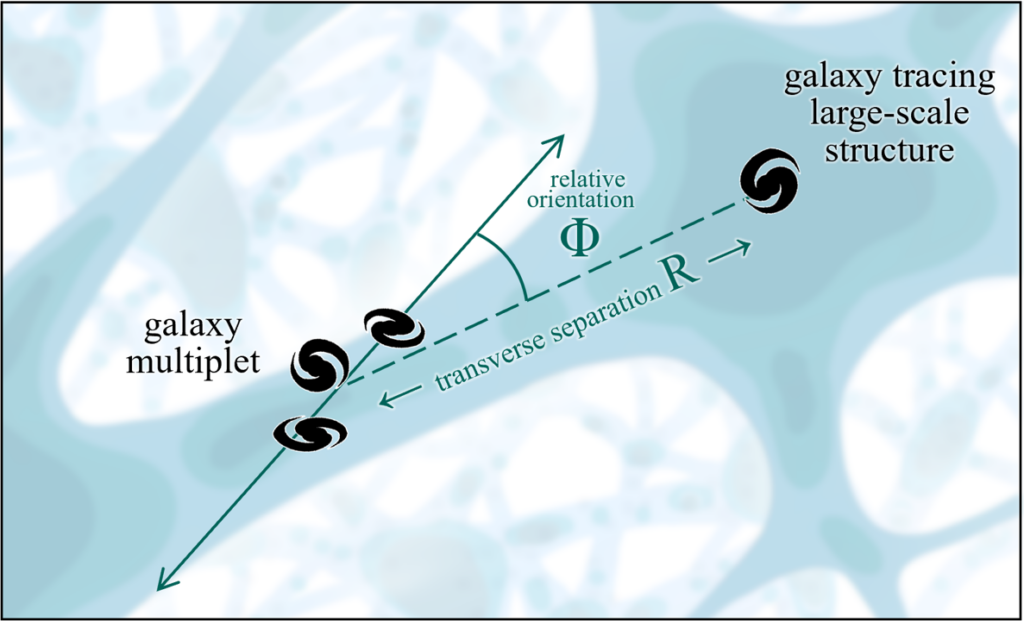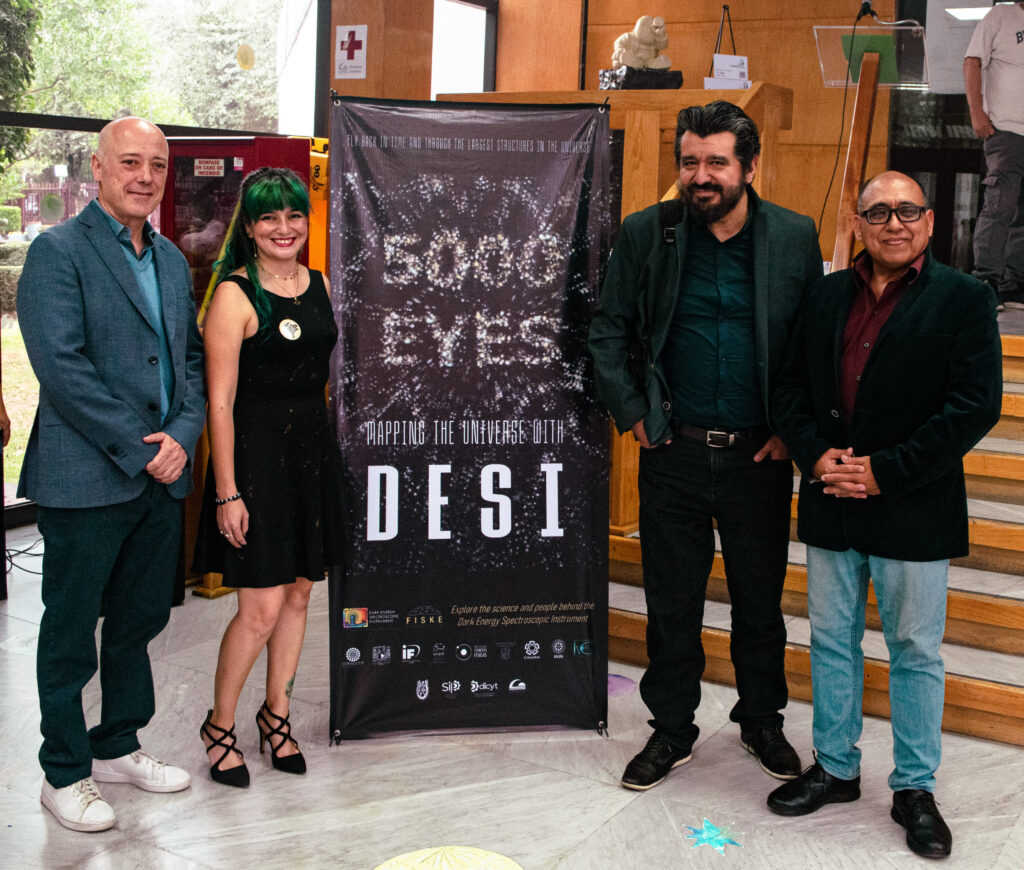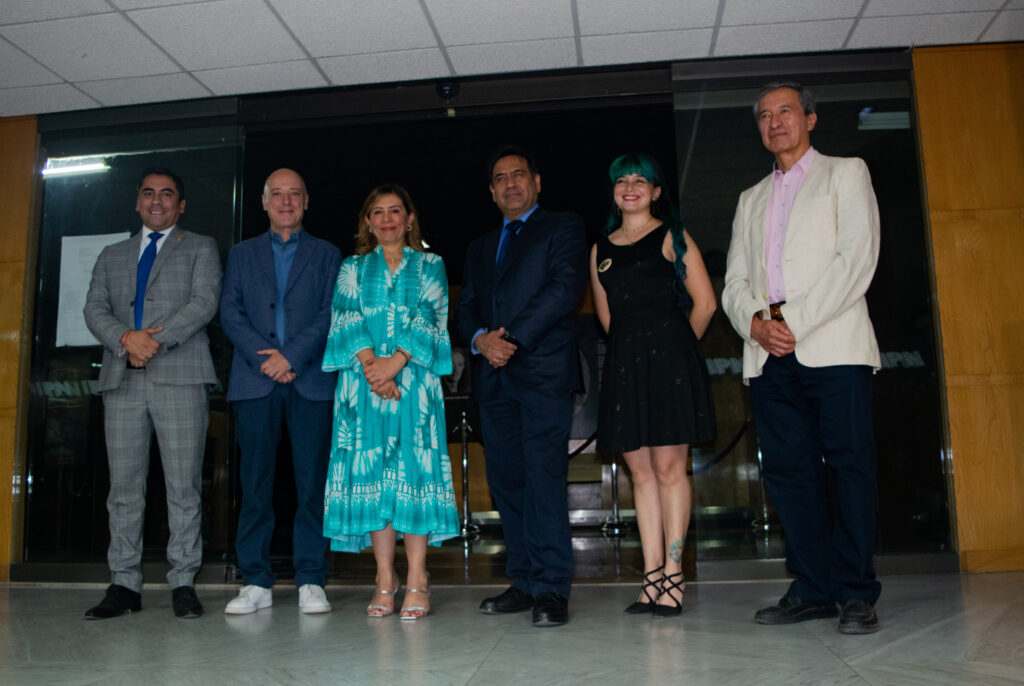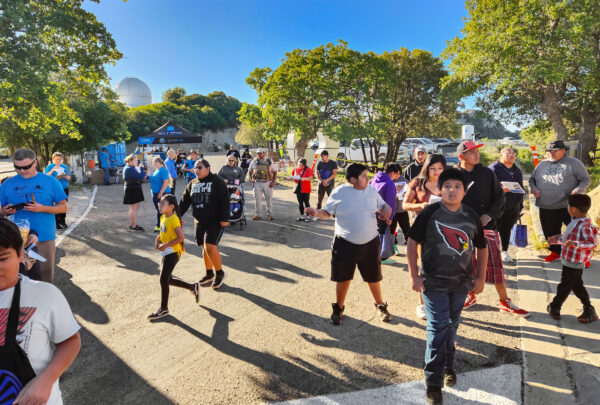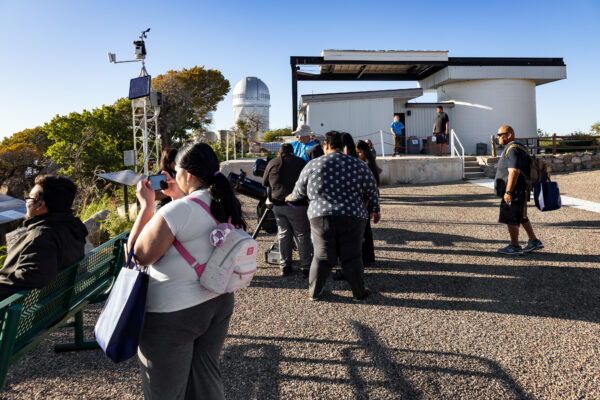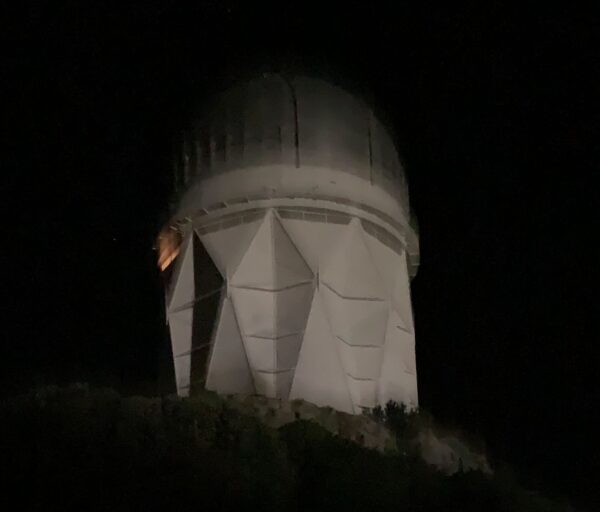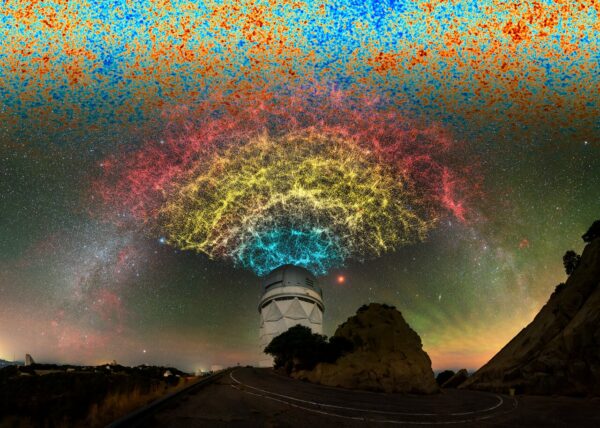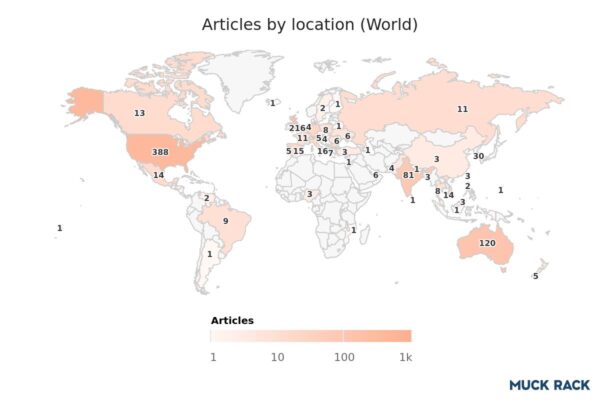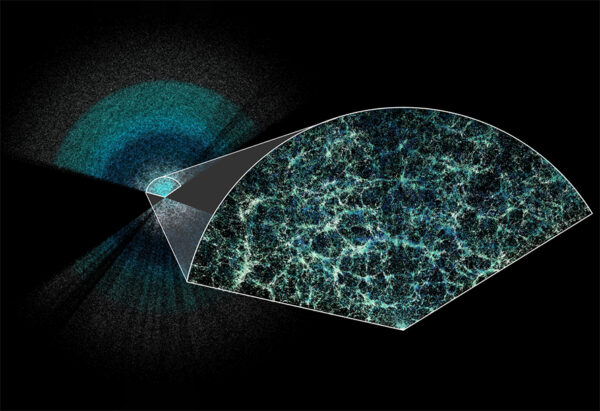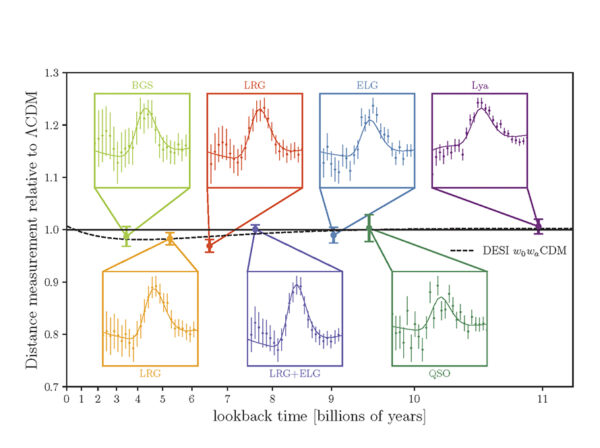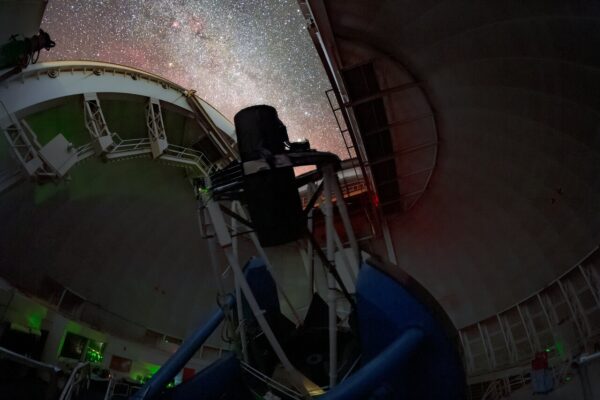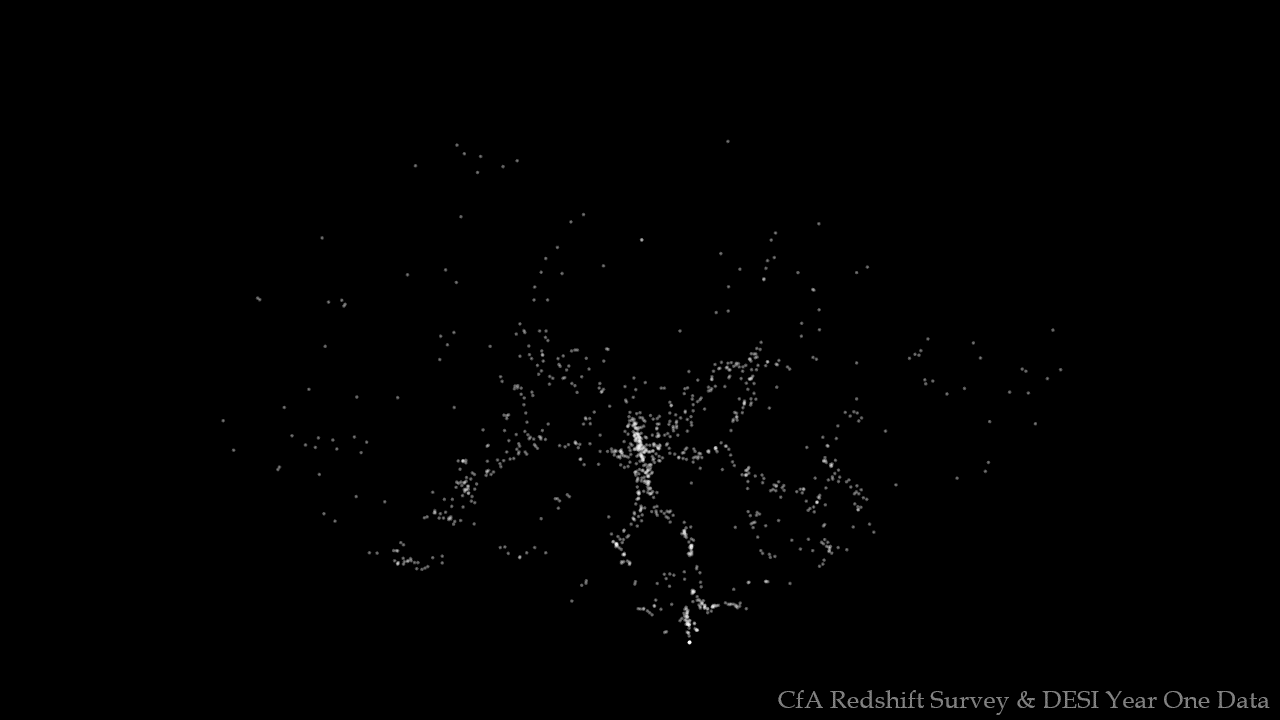Joan Najita (NOIRLab)
DESI reaches 50M milestone
On 18 December 2024, DESI reached a new milestone, having measured the spectra of 50 million astronomical sources (36.3 million galaxies and quasars, and 13.7 million stars) over 819 nights of observations. The milestone is remarkable for both its speed and scope. As described by DESI team member Arjun Dey (NOIRLab), “When we originally proposed the DESI project, we forecast that we would measure spectra of about 38 million sources (30 million galaxies and quasars and 8 million stars) over the 5-year survey. We have now already exceeded that mark in just 68% of our official survey time.” While the 50M milestone has been reached quicker than expected, many of the spectra were obtained in “bright time”, when the moon is up. The main “dark time” portion of the DESI survey is still underway. Currently ahead of schedule, it is expected to complete toward the end of 2025.
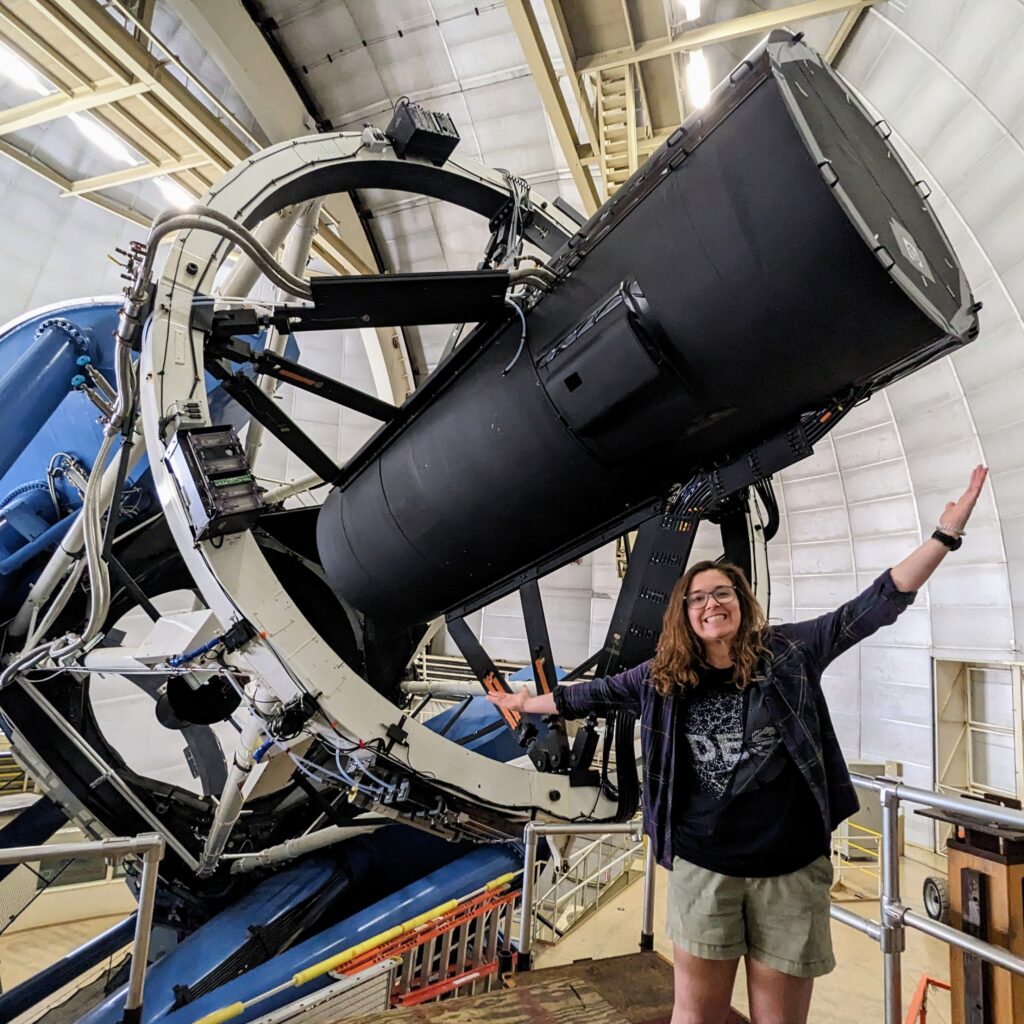 A graduate student at the Harvard-Smithsonian Center for Astrophysics, Claire Lamman studies the orientations and alignments of galaxies and what they can tell us about cosmology and the cosmic web. She is also a talented artist and the recipient of a National Academies of Sciences
A graduate student at the Harvard-Smithsonian Center for Astrophysics, Claire Lamman studies the orientations and alignments of galaxies and what they can tell us about cosmology and the cosmic web. She is also a talented artist and the recipient of a National Academies of Sciences 